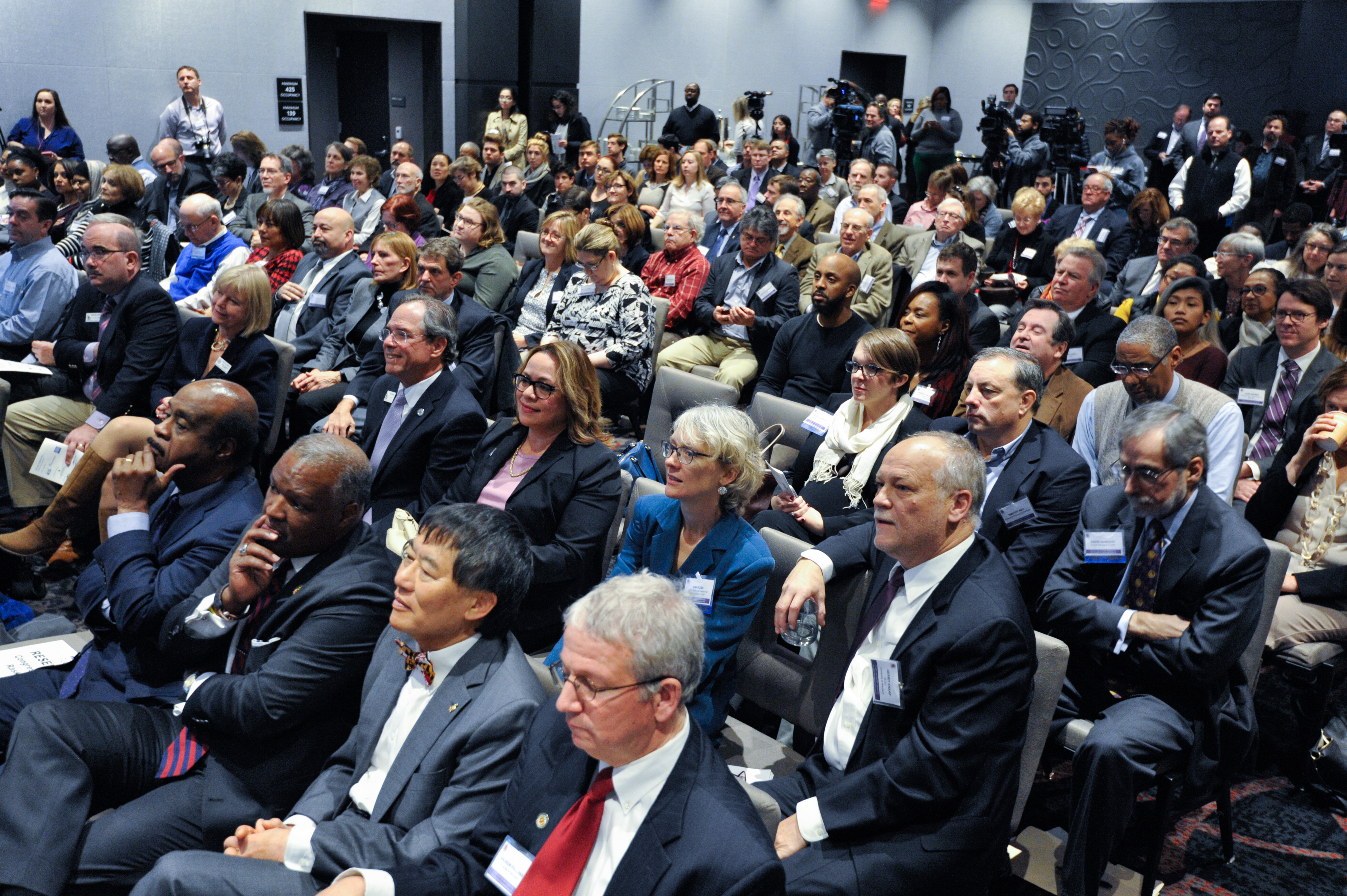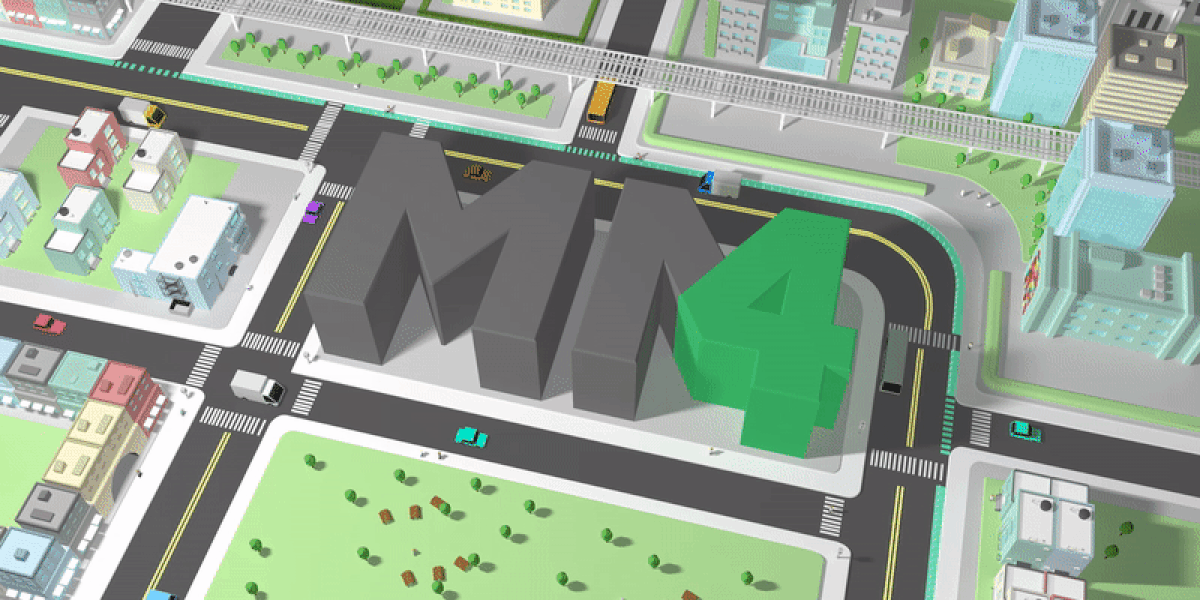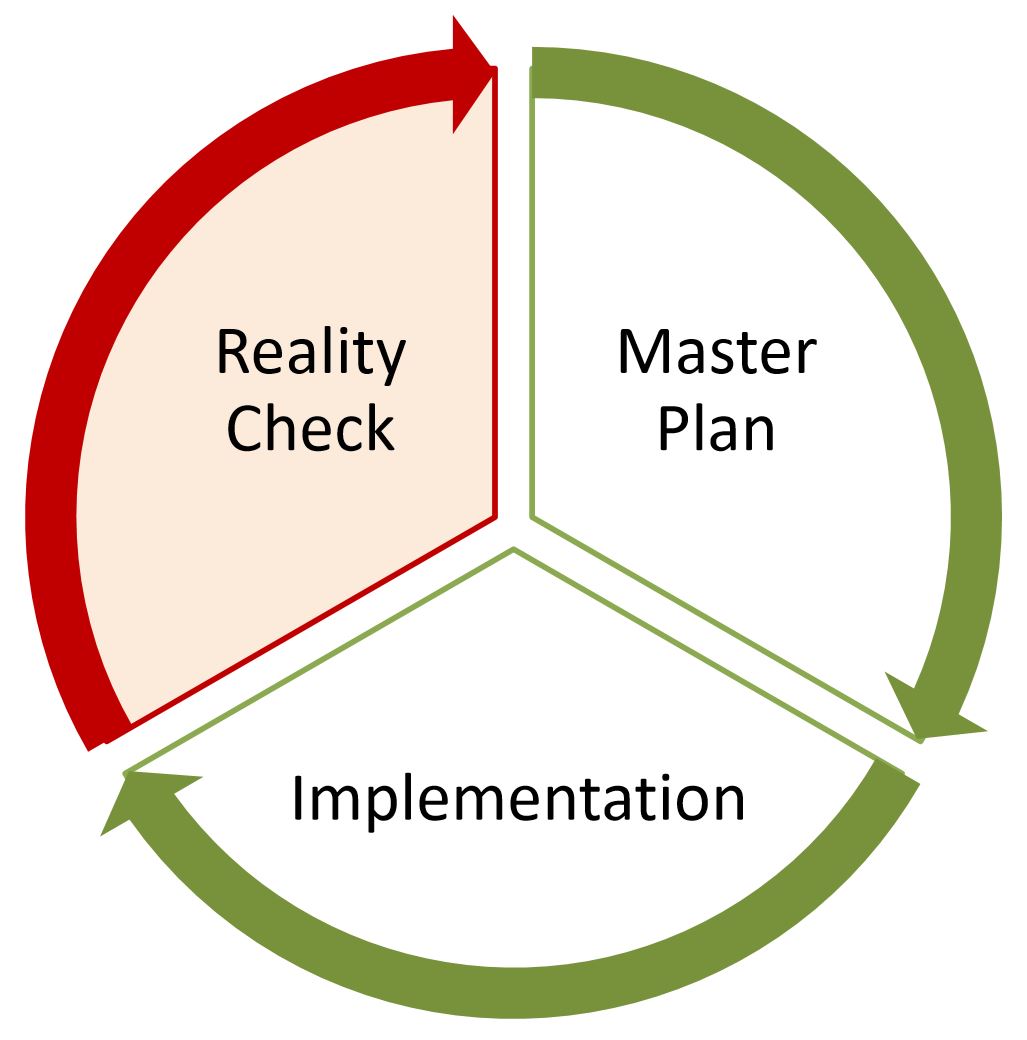Regional Leaders, Coalition of Stakeholders Launch Pathways to Opportunity along Maryland’s Purple Line
Largest gathering of regional collaborators commits to revitalize and preserve communities, support local businesses and connect workers to jobs along corridor
COLLEGE PARK, Md. – Nov. 29, 2017 – Government and community stakeholders, nonprofit organizations, the University of Maryland community, small businesses and residents came together Tuesday to sign and launch a landmark agreement to create pathways to opportunity for all who live, work and invest along the Purple Line Corridor. Pathways to Opportunity: A Community Development Agreement for the Purple Line Corridor, developed and led by the Purple Line Corridor Coalition (PLCC), articulates a collective vision for equitable economic and community development along the 16-mile Purple Line light rail corridor, and advances strategies to achieve that vision through the pursuit of four shared goals: support and grow local businesses; build a thriving labor market; ensure housing choices for all; and support vibrant, sustainable communities. It is the largest collaborative effort by regional leaders and public, private and community stakeholders to shape development along the corridor.
“What this event really signals is the true beginning of this project – to ensure that the Purple Line light rail creates a place of opportunity for all who live, work and invest in the corridor, and to sustain and support vibrant, healthy communities,” said Gerrit Knaap, Director of the University of Maryland’s National Center for Smart Growth and architect of the PLCC. “We are at the cusp of an unprecedented opportunity for economic growth and expansion – not just along this corridor, but for the entire metropolitan region. And we have a shot at shaping that growth sustainably, equitably and in ways that create new pathways to opportunity, particularly for the culturally rich but also economically fragile communities that dot the corridor.”
The community agreement is the result of a four-year process spearheaded by the University of Maryland’s National Center for Smart Growth and several community stakeholders who, together, form the Purple Line Corridor Coalition. The launch event pulled over 200 stakeholders from throughout the state, including Congressman Jamie Raskin (D), County Executives Rushern Baker and Isiah Leggett, University of Maryland President Wallace Loh and representatives from PLCC partners Enterprise Community Partners, CASA, Prince George’s and Montgomery Counties and Purple Line NOW.
“If we simply just build the Purple Line, and we see businesses go up like this wonderful hotel that we’re gathered at today, that would be great; but it wouldn’t be what we were meant to do,” said Prince George’s County Executive Rushern Baker III. “What we have here is an agreement signed by not only the county executives, but county planning boards and nonprofits to make sure that as this community grows around this transit; as we see new developments come in, that we also see affordable workforce housing; that we see job opportunities for those communities; that we see businesses that have suffered by not having the transit here, be able to participate and reap the benefits.”
“We cannot stop today with the signing of this agreement,” said Isiah Leggett, Montgomery County Executive. “This is just another step. I want to thank the coalition for what they’ve accomplished. It’s because of their attitude, strength, dedication and commitment that we are here today. I applaud these efforts, because we need them now more than ever. Even if you were against this Purple Line, you should be for this agreement. It is worth more than any project of this magnitude.”
The event brought more detail to the table on the opportunities and challenges surrounding the four goals, as well as next steps to move the directives and vision forward. Integral to the process is maintaining the momentum and coordination of the coalition, and capitalizing on their individual expertise in housing, transportation, job creation and community development. Data analytics developed through the National Center for Smart Growth, which pinpoint areas of opportunity and vulnerability, will be leveraged to inform policy recommendations and fortify efforts to pursue support and funding.
“Who’s going to be living along the corridor in 15 years?” said David Bowers, Vice President and Mid-Atlantic Market Leader of Enterprise Community Partners, Inc. “We know the policies that work. The question is, do we have the heart to make sure that everyone who wants to stay in the corridor can? We need to do more… and we will do more.”
“The future of the University is tied to the future of the surrounding community,” said University of Maryland President Wallace Loh. “This is not just about transportation, it’s about the development surrounding it and about development that benefits everyone. That’s the basic idea of the agreement we are signing today. We are a university engaged with our community, not simply a university located in College Park.”
The Purple Line Corridor Community Development Agreement was created over several years through an open, inclusive stakeholder process led by PLCC, which engaged more than 300 residents, business owners, property owners, nonprofit leaders and public officials. Today’s event represents the largest gathering of corridor community development supporters since the agreement was first announced in 2014.
“We know that the Purple Line is a significant transit project with extraordinary economic benefits for our region, but we also underscore today that it is a community engagement in resiliency project too,” said Maryland Congressman Jamie Raskin. “The Purple Line is something we can use to bring us together as a state, to bring our communities together and to uplift everybody. But it will take continuing renewal of this covenant that we set forward today. This is something we all ascend to as community groups and organizations; we commit ourselves to making the Purple Line a force that will continually renew and uplift our community as a whole.”
The Purple Line light rail project broke ground in August. Running from New Carrolton to Bethesda, Md., it progresses at grade for 16 miles and comprises 21 stations. It is the first transit line to connect the spokes of the Washington Metropolitan Area Transit Authority system (Metro) and represents one of the region’s biggest transit investments of the 21st century. Inspired by community-driven collaboratives that have successfully and sustainably developed transit projects in Denver, Seattle and the Twin Cities, the PLCC looks to leverage this major transit investment and benefits for both current and future residents, workers, businesses and property owners throughout the region.
“Considerable research and common sense suggests that communities are better able to capitalize on major public investments when they work together, think corridor-wide, and plan ahead,” said Knaap. “The community development agreement is an important first step.”



